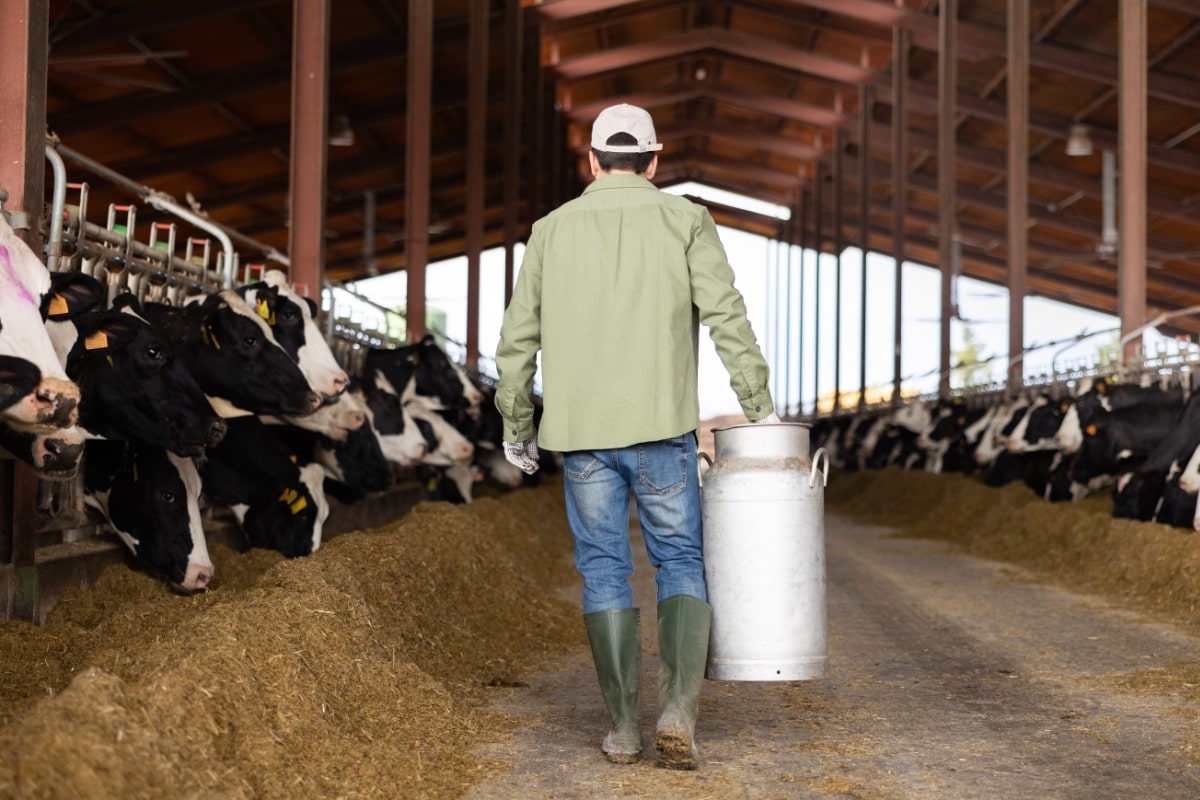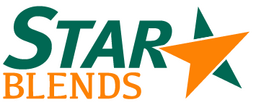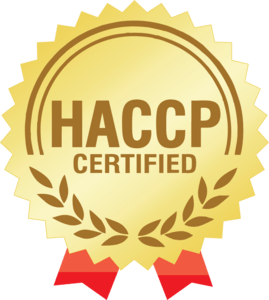Boosting butterfat levels is essential for enhancing milk quality, increasing profits, and supporting long-term farm sustainability. There’s no single fix, but several key health and nutrition factors can make a measurable difference. In the sections below, we’ll break down the strategies that impact butterfat production — and show how optimizing both cow health and diet can lead to better milk and a stronger bottom line.
How to Increase Butterfat in Dairy Cows:
While factors like genetics, lactation stage, and season are outside your control, you can manage them to optimize for higher butterfat. Follow the practices below, and you’ll help boost cow milk production and butterfat through health and animal nutrition.
1. Maintain a Healthy Rumen
Maintaining a healthy rumen pH is critical to prevent sub-acute ruminal acidosis (SARA) and a subsequent drop in milk production. Your cow feed is the most important factor in rumen pH. It’s vital to adequately formulate carbohydrates, long forage fibers, diet buffers, particle size, microbial supplementation, and other feed elements.
2. Assess Fiber and Forage Digestibility Levels
Cows ferment dietary fiber in the rumen and produce nearly half of the milk fat precursors during this process. The fermentation produces volatile fatty acids (VFAs), including acetate and butyrate. These short-chain fatty acids play a key role as building blocks for milk fat synthesis, as noted in a study on the regulation of milk fat synthesis.
Working with your nutritionist to determine adequate fiber level, fiber length, and overall forage digestibility is essential for formulating proper feed. Likewise, you can use tools like the Penn State Particle Separator (PSPS) to evaluate particle length and effective fiber as determined by your nutritionist.
You can also evaluate fiber and forage digestibility by observing cud chewing. When your herd rests, at least half of the cows should be cud-chewing at any point. Cud chewing is an excellent indicator that your cows consume a sufficient amount of long fiber.
3. Keep Close Watch on Fat and Starch
Rumen-degradable starch can rapidly lower rumen pH, which may negatively impact both milk yield and fat content, as noted by Hoard’s Dairyman. Testing rumen degradable starch and working with a nutritionist can help you optimize starch use for maximum fat production. And don’t forget that starch digestibility increases with storage time, as discussed by the University of Kentucky.
To increase butterfat production, you also need to include adequate fat in your dairy cattle’s diet. Certain dietary fats are more rumen-friendly and boost butterfat, while others may suppress it. A study by Michigan State University demonstrated that a balancing impact of palmitic acid (PA) and oleic acid (OA) increased the yields of milk, milk fat, and energy-corrected milk.
4. Ensure High Forage Quality
Forage harvest, preparation, and storage can affect butterfat production. Harvest delays, harvesting at the wrong moisture level, or using poor storage techniques and ineffective inoculants can reduce the effectiveness of silage. Similarly, maximizing milk production becomes challenging when ensiled forage develops mold. Forage testing and following best silage storing practices can help prevent quality issues and ensure your cows reach their full production potential.
5. Focus on Feed Management
Properly mixing the total mixed ration (TMR) can make or break your butterfat efforts. Inadequate or inconsistent mixing — whether due to equipment issues or poor technique — can lead to uneven nutrient intake, disrupting rumen fermentation and causing pH imbalances. When cows don’t receive uniform meals or grains and carbohydrates aren’t evenly distributed, they may begin slug feeding, further contributing to rumen pH problems.
6. Avoid Heat Stress
Heat stress means less butterfat and milk yield. If your dairy herd is heat-stressed, they won’t consume the proper amount of feed. Likewise, cows usually stand longer due to summer heat, which means less rumination and production. Preventing heat stress in cattle with water, shade, cover, adequate diet, and ventilation will help your herd be more comfortable and improve milk and fat content.
7. Use High Quality Custom Feed to Maximize Milk and Butterfat
Whether you want to create more buttermilk or improve the health and condition of your herd, focusing on proper nutrition is the first step.
Optimized dairy cow feed includes all micro and macro nutrients your specific herd needs. Star Blends recommends working with a dairy nutritionist to determine what’s best for your herd based on their health, stage, breed, and your goals.
We use high-quality ingredients to create custom feed mixes tailored to your nutritionist’s recommendations, supporting optimal herd health and productivity. Our HACCP-certified team ensures every batch meets the highest quality standards, so preventable issues like mold or mycotoxins don’t hold back your herd’s performance.
Trust Star Blends For Optimized Nutrition
Higher butterfat levels mean higher profits, but getting there requires the right balance of fiber, starch, and essential nutrients in your herd’s diet. With Star Blends’ custom dairy feed, you can fine-tune your ration to boost butterfat production without sacrificing cow health or performance.
Whether you want to improve feed digestibility, increase energy efficiency, or optimize fat content, we’re here to help. We will work with your nutritionist to build a feed plan that is right for your herd. Contact Star Blends today!



